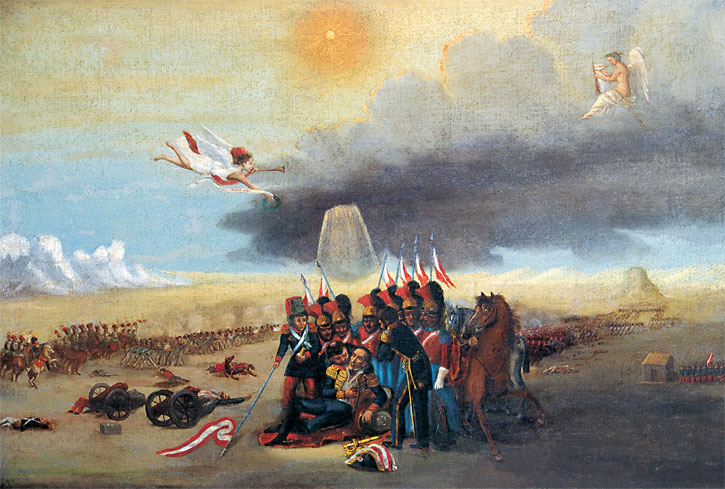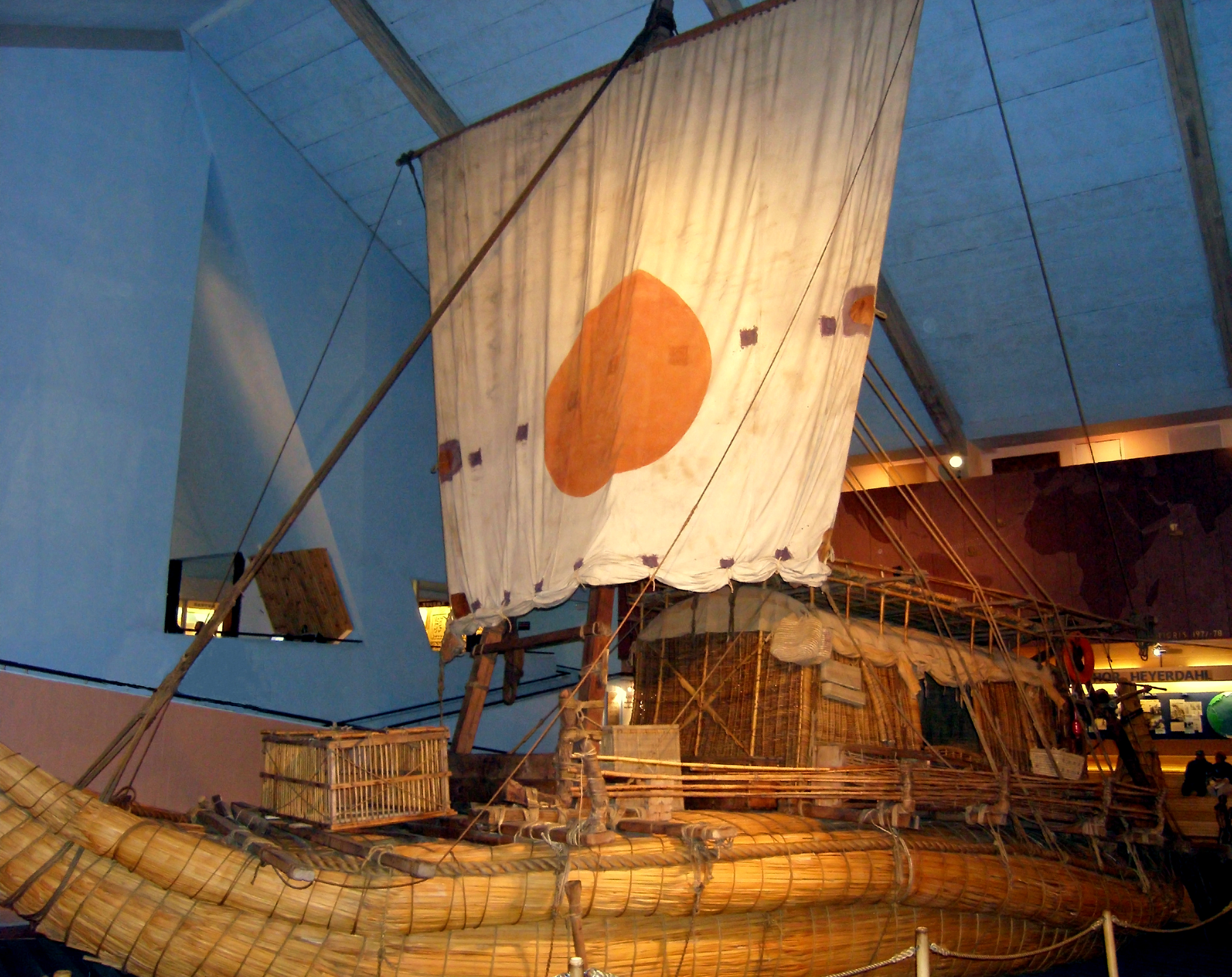|
Q'ilani (Ingavi-Los Andes)
Q'ilani (Aymara ''q'ila'' a kind of flower, similar to the lupin, ''-ni'' a suffix, "the one with the ''q'ila'' plant", also spelled ''Kelani'') is a mountain in the Chilla-Kimsa Chata mountain range in the Andes of Bolivia. It is located in the La Paz Department, Ingavi Province, Jesús de Machaca Municipality, and in the Los Andes Province, Laja Municipality. It lies west of Turini Turini (Aymara ''turi'' tower, ''-ni'' a suffix, "the one with a tower", also spelled ''Torrini'') is a mountain in the Bolivian Andes which reaches a height of approximately . It is located in the La Paz Department, Loayza Province, Cairoma .... The Ch'iyar Jawira ("black river") originates north of the mountain. It flows to the northeast. References Mountains of La Paz Department (Bolivia) {{LaPazBO-geo-stub ... [...More Info...] [...Related Items...] OR: [Wikipedia] [Google] [Baidu] |
Bolivia
, image_flag = Bandera de Bolivia (Estado).svg , flag_alt = Horizontal tricolor (red, yellow, and green from top to bottom) with the coat of arms of Bolivia in the center , flag_alt2 = 7 × 7 square patchwork with the (top left to bottom right) diagonals forming colored stripes (green, blue, purple, red, orange, yellow, white, green, blue, purple, red, orange, yellow, from top right to bottom left) , other_symbol = , other_symbol_type = Dual flag: , image_coat = Escudo de Bolivia.svg , national_anthem = " National Anthem of Bolivia" , image_map = BOL orthographic.svg , map_width = 220px , alt_map = , image_map2 = , alt_map2 = , map_caption = , capital = La Paz Sucre , largest_city = , official_languages = Spanish , languages_type = Co-official languages , languages ... [...More Info...] [...Related Items...] OR: [Wikipedia] [Google] [Baidu] |
La Paz Department (Bolivia)
The La Paz Department of Bolivia comprises with a 2012 census population of 2,706,359 inhabitants. It is situated at the western border of Bolivia, sharing Lake Titicaca with adjacent Peru. It contains the '' Cordillera Real'', which reaches altitudes of . Northeast of the Cordillera Real are the ''Yungas'', the steep eastern slopes of the Andes Mountains that make the transition to the Amazon River basin to the northeast. The capital of the department is the city of La Paz and is the administrative city and seat of government/national capital of Bolivia. Provinces The Department of La Paz is divided into 20 provinces (''provincias'') which are further subdivided into 85 municipalities (''municipios'') and - on the fourth level - into cantons. The provinces with their capitals are: Government The chief executive office of Bolivia's departments (since May 2010) is the Governor; before then, the office was called the Prefect, and until 2006 the prefect was appointed by ... [...More Info...] [...Related Items...] OR: [Wikipedia] [Google] [Baidu] |
Andes
The Andes, Andes Mountains or Andean Mountains (; ) are the longest continental mountain range in the world, forming a continuous highland along the western edge of South America. The range is long, wide (widest between 18°S – 20°S latitude), and has an average height of about . The Andes extend from north to south through seven South American countries: Venezuela, Colombia, Ecuador, Peru, Bolivia, Chile, and Argentina. Along their length, the Andes are split into several ranges, separated by intermediate depressions. The Andes are the location of several high plateaus—some of which host major cities such as Quito, Bogotá, Cali, Arequipa, Medellín, Bucaramanga, Sucre, Mérida, El Alto and La Paz. The Altiplano plateau is the world's second-highest after the Tibetan plateau. These ranges are in turn grouped into three major divisions based on climate: the Tropical Andes, the Dry Andes, and the Wet Andes. The Andes Mountains are the highest m ... [...More Info...] [...Related Items...] OR: [Wikipedia] [Google] [Baidu] |
Chilla-Kimsa Chata Mountain Range
The Chilla-Kimsa Chata mountain range (also spelled Kimsachata, Aymara and Quechua ''kimsa'' three, Pukina ''chata'' mountain, "three mountains", Hispanicized spellings ''Quimsachata, Quimsa Chata'') is situated in Bolivia south east of Wiñaymarka Lake, the southern part of Lake Titicaca, in the La Paz Department, Ingavi Province. The range is named after one of highest mountains, the Kimsa Chata complex rising up to about 15 km south of Tiwanaku Tiwanaku ( es, Tiahuanaco or ) is a Pre-Columbian archaeological site in western Bolivia near Lake Titicaca, about 70 kilometers from La Paz, and it is one of the largest sites in South America. Surface remains currently cover around 4 square kilo .... The range stretches from north to south-east almost parallel to the Taraco range north of it. Wakira River flows through the valley between the two ranges and Jach'a Jawira flows along its southern slopes. Mountains Some of the highest elevations of the range are listed ... [...More Info...] [...Related Items...] OR: [Wikipedia] [Google] [Baidu] |
Aymara Language
Aymara (; also ) is an Aymaran language spoken by the Aymara people of the Bolivian Andes. It is one of only a handful of Native American languages with over one million speakers.The other native American languages with more than one million speakers are Nahuatl, Quechua languages, and Guaraní. Aymara, along with Spanish and Quechua, is an official language in Bolivia and Peru. It is also spoken, to a much lesser extent, by some communities in northern Chile, where it is a recognized minority language. Some linguists have claimed that Aymara is related to its more widely spoken neighbor, Quechua. That claim, however, is disputed. Although there are indeed similarities, like the nearly identical phonologies, the majority position among linguists today is that the similarities are better explained as areal features rising from prolonged cohabitation, rather than natural genealogical changes that would stem from a common protolanguage. Aymara is an agglutinating and, to a cert ... [...More Info...] [...Related Items...] OR: [Wikipedia] [Google] [Baidu] |
Lupin
''Lupinus'', commonly known as lupin, lupine, or regionally bluebonnet etc., is a genus of plants in the legume family Fabaceae. The genus includes over 199 species, with centers of diversity in North and South America. Smaller centers occur in North Africa and the Mediterranean. They are widely cultivated, both as a food source and as ornamental plants, but are invasive to some areas. Description The species are mostly herbaceous perennial plants tall, but some are annual plants and a few are shrubs up to tall. An exception is the ''chamis de monte'' (''Lupinus jaimehintoniana'') of Oaxaca in Mexico, which is a tree up to tall. Lupins have soft green to grey-green leaves which may be coated in silvery hairs, often densely so. The leaf blades are usually palmately divided into five to 28 leaflets, or reduced to a single leaflet in a few species of the southeastern United States and eastern South America. The flowers are produced in dense or open whorls on an erect spik ... [...More Info...] [...Related Items...] OR: [Wikipedia] [Google] [Baidu] |
Suffix
In linguistics, a suffix is an affix which is placed after the stem of a word. Common examples are case endings, which indicate the grammatical case of nouns, adjectives, and verb endings, which form the conjugation of verbs. Suffixes can carry grammatical information (inflectional suffixes) or lexical information ( derivational/lexical suffixes'').'' An inflectional suffix or a grammatical suffix. Such inflection changes the grammatical properties of a word within its syntactic category. For derivational suffixes, they can be divided into two categories: class-changing derivation and class-maintaining derivation. Particularly in the study of Semitic languages, suffixes are called affirmatives, as they can alter the form of the words. In Indo-European studies, a distinction is made between suffixes and endings (see Proto-Indo-European root). Suffixes can carry grammatical information or lexical information. A word-final segment that is somewhere between a free morpheme and a b ... [...More Info...] [...Related Items...] OR: [Wikipedia] [Google] [Baidu] |
Ingavi Province
Ingavi is a province in the La Paz Department in Bolivia. This is where the Battle of Ingavi occurred on November 18, 1841 and where the World Heritage Site of Tiwanaku is situated. During the presidency of Eliodoro Villazón the province was founded on December 16, 1909 with Viacha as its capital. Geography Ingavi lies on the southern shore of Lake Titicaca. The Chilla-Kimsa Chata mountain range traverses the province. Some of the highest mountains of the province are listed below: Subdivision Ingavi Province is divided into seven municipalities which are partly further subdivided into cantons. Population The people are predominantly indigenous citizens of Aymara descent. Tourist attractions Some of the tourist attractions of the municipalities are: Touri ... [...More Info...] [...Related Items...] OR: [Wikipedia] [Google] [Baidu] |
Jesús De Machaca Municipality
Jesús de Machaca Municipality is the sixth municipal section of the Ingavi Province in the La Paz Department in Bolivia. It was created by Law No. 2351 on May 7, 2002, during the presidency of Jorge Quiroga Ramírez. Its seat is Jesús de Machaca. Geography Jesús de Machaca lies south of Lake Titicaca. The Chilla-Kimsa Chata mountain range traverses the municipality. Some of the highest mountains of the municipality are listed below: Division The municipality consists of the following ten cantons: * Aguallamaya - 1,694 inhabitants (''2001'') * Chama - 1,278 inhabitants * Cuipa España de Machaca - 662 inhabitants * Jesús de Machaca - 862 inhabitants * Kalla Tupac Katari - 2,669 inhabitants * Khonkho San Salvador - 755 inhabitants * Mejillones de Machaca - 845 inhabitants * Santa Ana de Machaca - 363 inhabitants * Santo Domingo de Machaca - 588 inhabitants * Villa Asunción de Machaca - 3,244 inhabitants The people The people are predominantly indigenous citizen ... [...More Info...] [...Related Items...] OR: [Wikipedia] [Google] [Baidu] |
Los Andes Province (Bolivia)
Los Andes is one of the twenty provinces in the central parts of the Bolivian La Paz Department. The province was legally founded on November 24, 1917, during the presidency of José Gutiérrez Guerra. The Spanish name of the province means "The Andes", referring to its position within the Cordillera Real which is part of the Bolivian Andes mountain range. The capital of the province is Pucarani, which has a population of 918 as of the 2001 census. Pucarani is situated in the Altiplano west of the Cordillera Real offering a view of some of its highest mountains such as Ch'iyar Juqhu, Chachakumani, Kunturiri, Wayna Potosí and Chacaltaya. Location The province is located between 16° 00' and 16° 47' South and between 68° 08' and 68° 45' West. It extends over 90 km from north to south, and 75 km from east to west. It is situated on the south-eastern shores of Lake Titicaca and borders Omasuyos Province in the northwest, Ingavi Province in the south, Pedro Do ... [...More Info...] [...Related Items...] OR: [Wikipedia] [Google] [Baidu] |
Laja Municipality
Laja Municipality is the second municipal section of the Los Andes Province in the La Paz Department, Bolivia. Its seat is Laja. See also * Asir Kunka * Jach'a Wankarani * Jani Lawani * Phujtir Pata Punta * Qala P'axrani * Q'ilani * Turini Turini (Aymara ''turi'' tower, ''-ni'' a suffix, "the one with a tower", also spelled ''Torrini'') is a mountain in the Bolivian Andes which reaches a height of approximately . It is located in the La Paz Department, Loayza Province, Cairoma ... References Instituto Nacional de Estadística de Bolivia Municipalities of La Paz Department (Bolivia) {{LaPazBO-geo-stub ... [...More Info...] [...Related Items...] OR: [Wikipedia] [Google] [Baidu] |
Turini (Ingavi)
Turini (Aymara ''turi'' tower, ''-ni'' a suffix, "the one with a tower", also spelled ''Torrini'') is a mountain in the Chilla-Kimsa Chata mountain range in the Andes of Bolivia. It is located in the La Paz Department, Ingavi Province, Jesús de Machaca Municipality, and in the Los Andes Province, Laja Municipality Laja Municipality is the second municipal section of the Los Andes Province in the La Paz Department, Bolivia. Its seat is Laja. See also * Asir Kunka * Jach'a Wankarani * Jani Lawani Jani Lawani (Aymara) is a mountain in the Chilla- .... It lies near Q'ilani. References Mountains of La Paz Department (Bolivia) {{LaPazBO-geo-stub ... [...More Info...] [...Related Items...] OR: [Wikipedia] [Google] [Baidu] |
.jpg)


